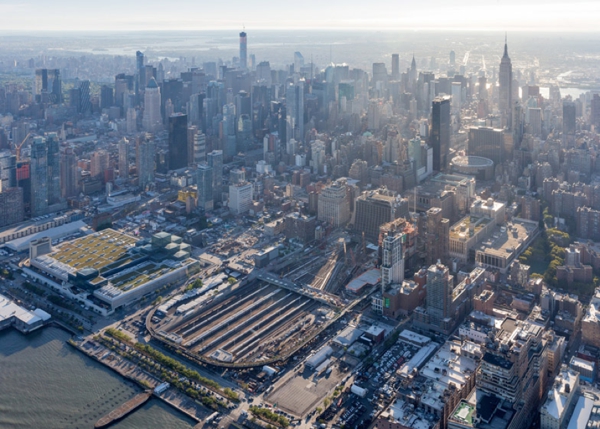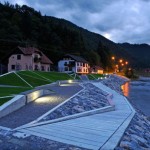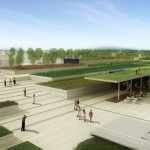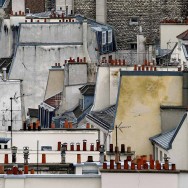We’ve been planning to see the High Line in New York since its first phase opened in 2009, but here we are, 5 years later, and we haven’t had the chance to see it yet. Â Now, with the opening of the third, final part of the project, High Line is completed and we are planning our trip to New York in 2015 to visit the city and finally walk the High Line.
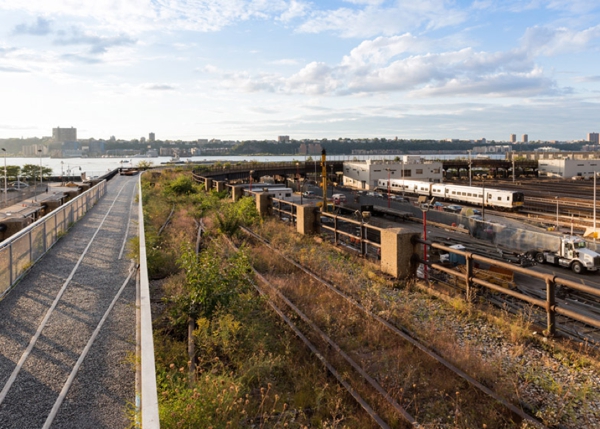
Like phases one and two of the park, which opened in 2009 and 2011 respectively, the northernmost stretch was a collaboration between landscape firm James Corner Field Operations, architects Diller Scofidio + Renfro, and Dutch planting designer Piet Oudolf.

It extends between West 30th and West 34th Streets to the south and north, and 10th and 12th Avenues to the east and west, adding a series of new features that include sunken play areas for children and an “elevated catwalk” overlooking the Hudson River.

“Representing one-third of the entire High Line, the High Line at the Rail Yards section is one of the most iconic stretches of the High Line, with expansive views of the Hudson River and the Midtown skyline,” said James Corner Field Operations in a statement.
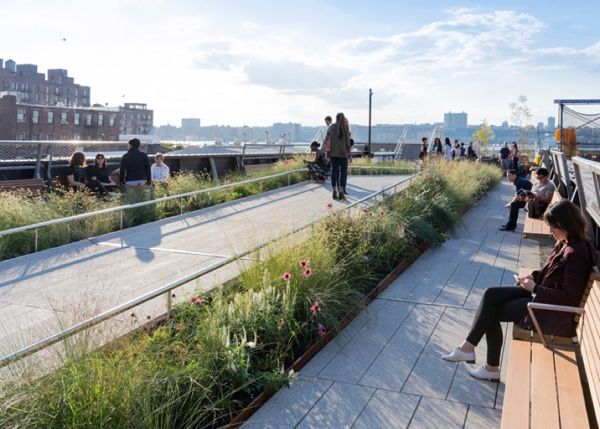
“Here, we were challenged to continue to build upon the identity and success of the existing High Line, yet find a different way to respond to the radically new, 21st-century context of the future Hudson Yards development,” said the team, referencing the 11-hectare development underway nearby expected to add 16 new skyscrapers to the city skyline.

New spaces include 30th Street Grove, described as a “serene gathering spot”.  It features a series of picnic areas and furniture elements that appear to peel up from the ground – a theme that continues from earlier phases.
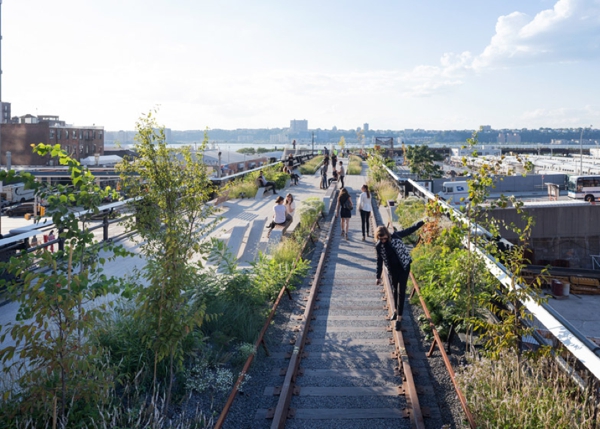
The Rail Yards section affords a whole new set of experiences. Â People can look down on the expanse of commuter trains lined up below in Hudson Yards. Â They can eventually walk east, at 30th Street, beneath a vast colonnade to a forested spur that will span 10th Avenue. Â A new section has been cut out of the steel structure, so that children and adventurous adults can explore the maze of girders and beams.

Pershing Square Beams is a sunken play area coated in silicone, while the 11th Avenue Bridge is a raised section that creates a viewing platform.
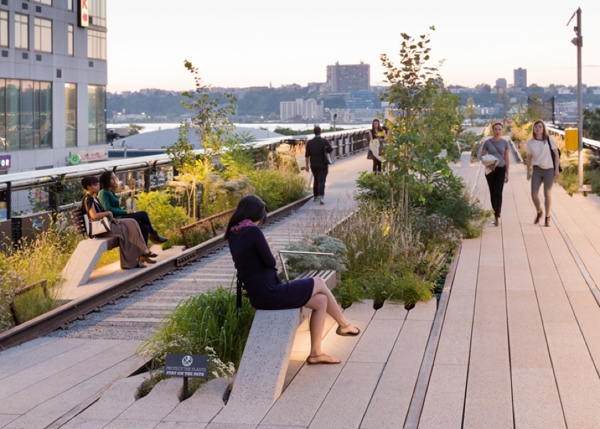
At the northern end of the park, a simple pathway runs alongside wild plants that have sprung up naturally after the railway line was abandoned in 1980.  Here, Argentinian artist Adrián Villar Rojas has installed a site-specific work, entitled The Evolution of God.
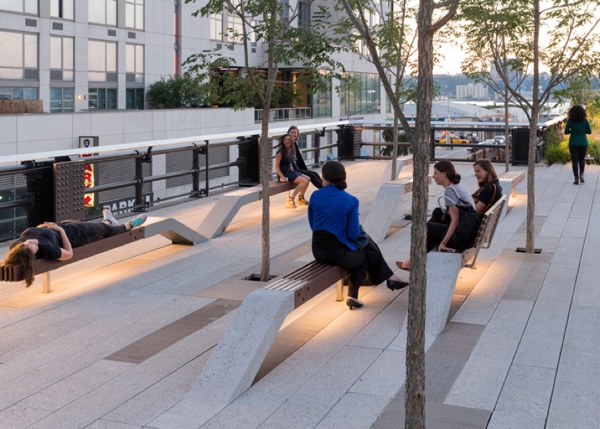
“This latter section along 12th Avenue is perhaps the most authentically subtle design, where the ‘original’ High Line landscape, with its self-sown grasses and flowers emerging from old tracks, wood ties, and stone ballast, remains intact,” said James Corner Field Operations.
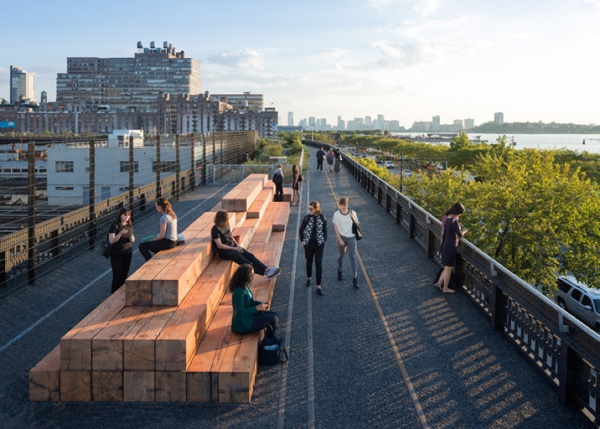
The High Line at the Rail Yards opened to the public on September 21.  It will later be joined by a bowl-shaped amphitheatre filled with plants, which is set to complete within the next two years over the intersection of 10th Avenue and West 30th Street.
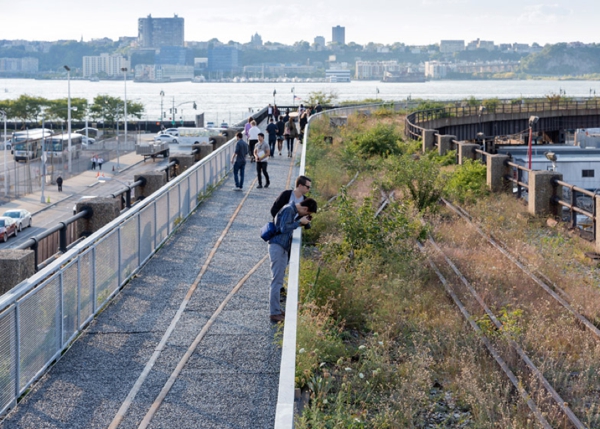
As Michael Kimmelman wrote in his New York Times article: “It’s hard to believe now that some New Yorkers once thought renovating the decrepit elevated rail line was a lousy idea.  Not since Central Park opened in 1857 has a park reshaped New Yorkers’ thinking about public space and the city more profoundly.  Like Frank Gehry’s Guggenheim museum in Spain, it has spread a dream, albeit largely a pipe dream, around the world: how one exceptional design — in this case, a work of landscape architecture — might miraculously alter a whole neighborhood, even a whole city’s fortunes.”
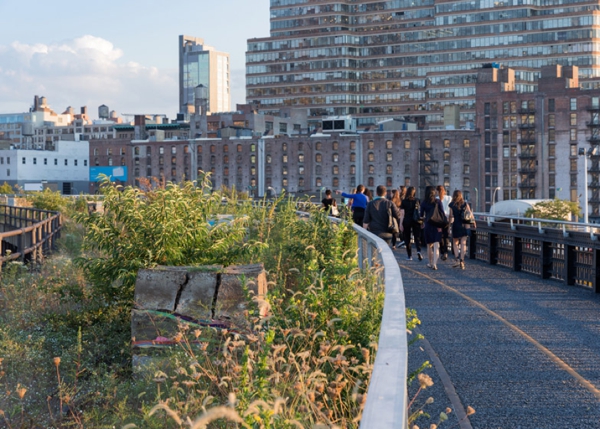
If you’d like to get an inside story about the High Line, check out Joshua David’s book High Line: The Inside Story of New York City’s Park in the Sky.
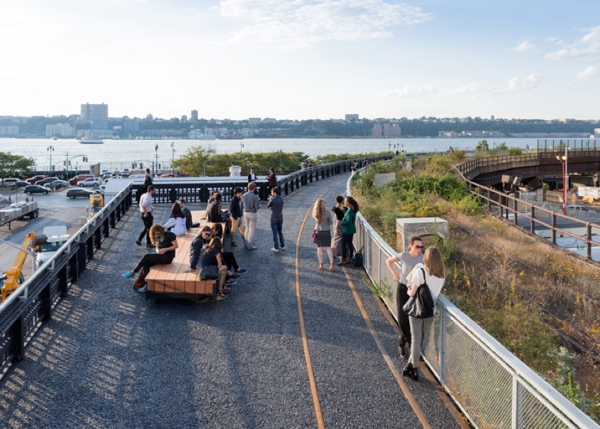
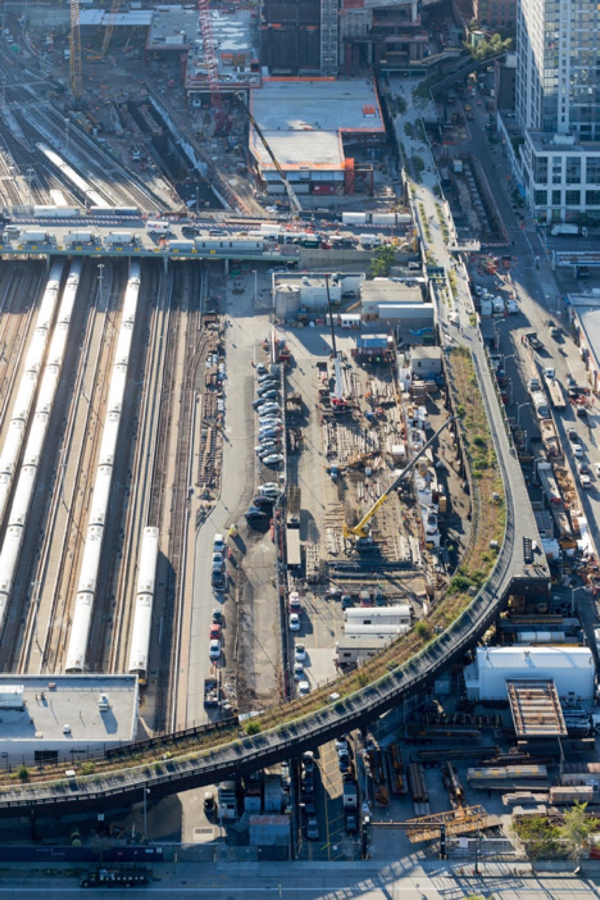
Photography by Iwan Baan.



